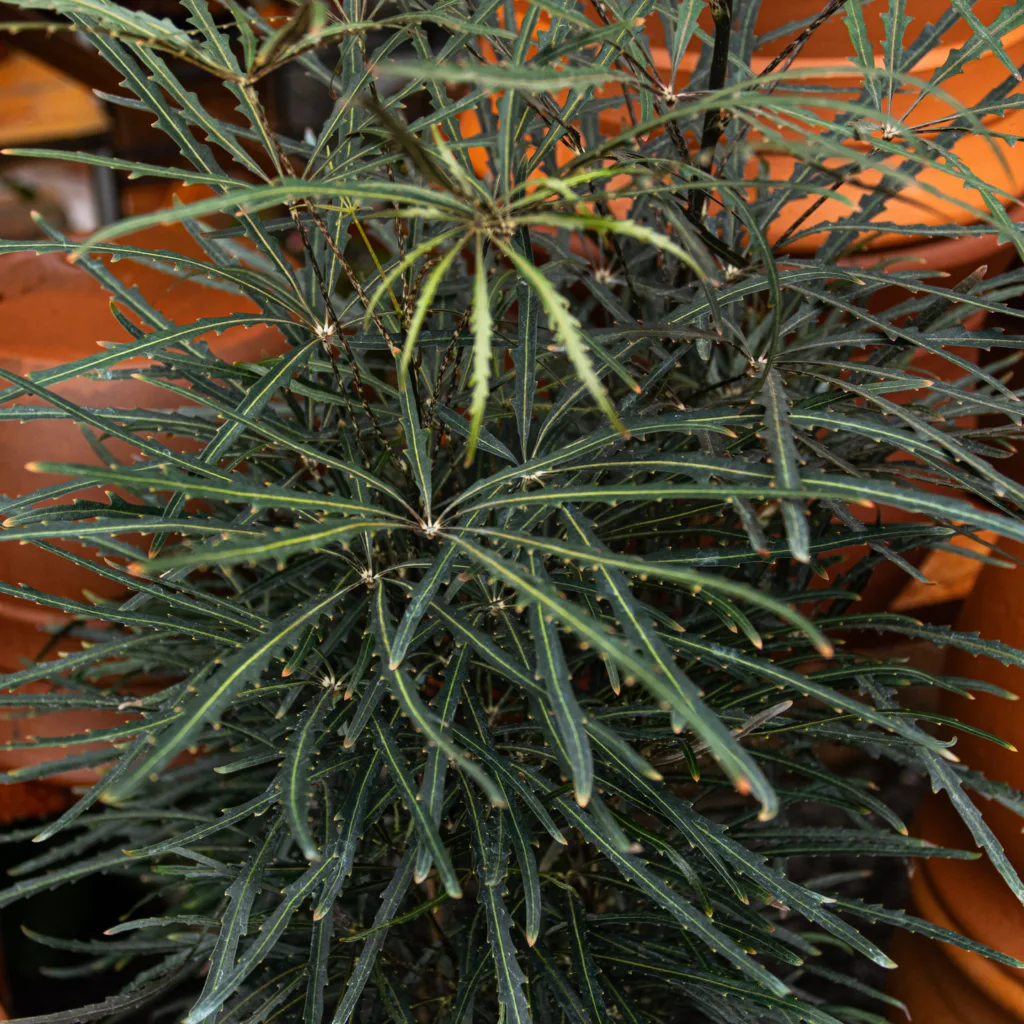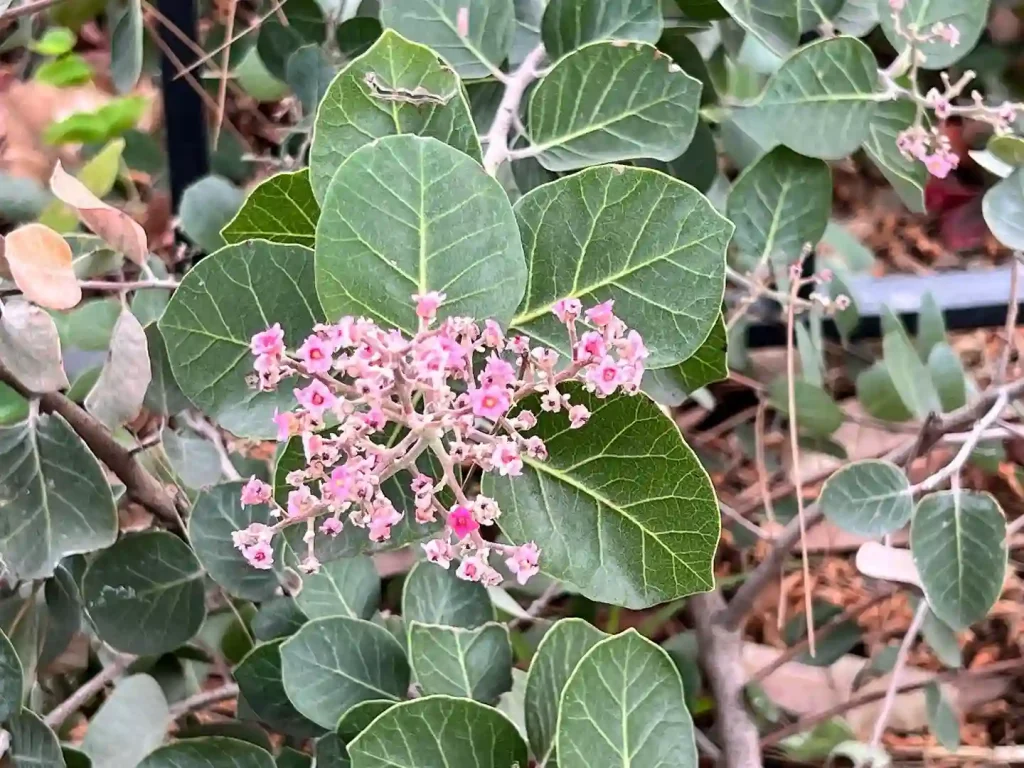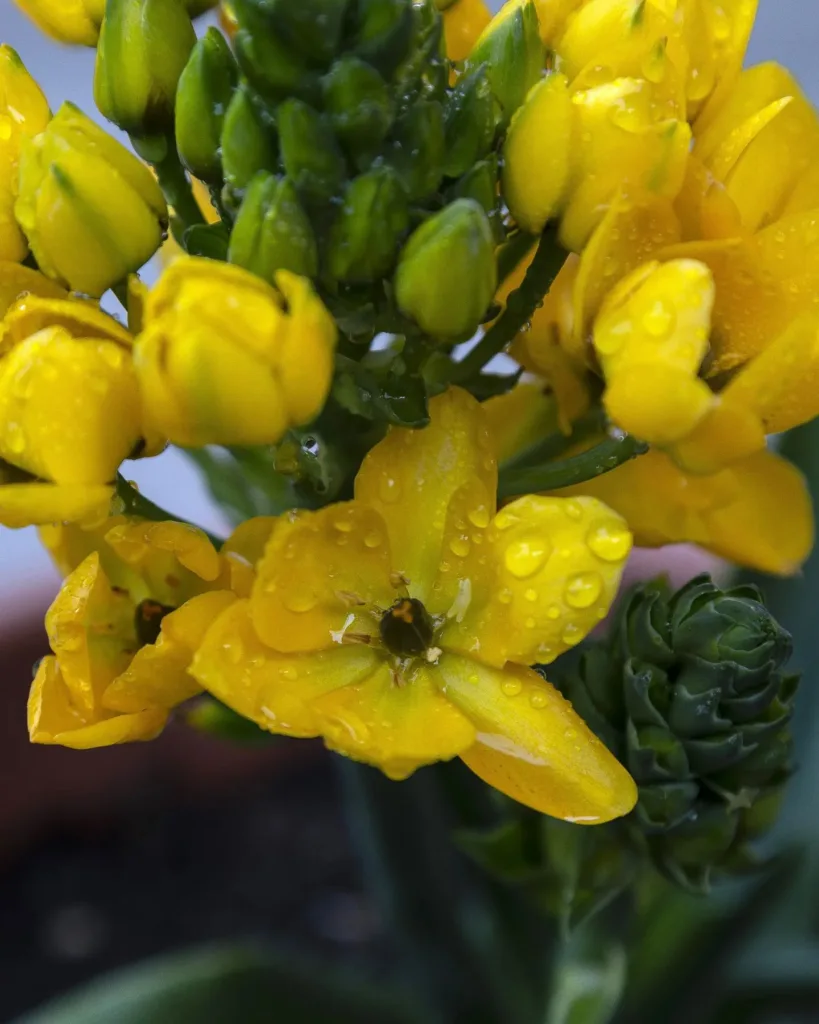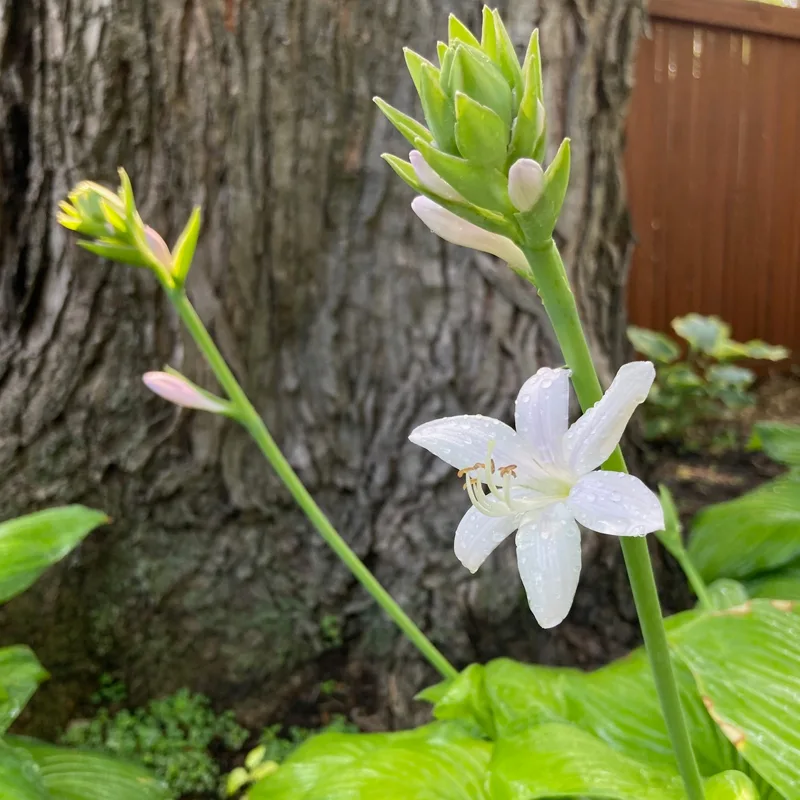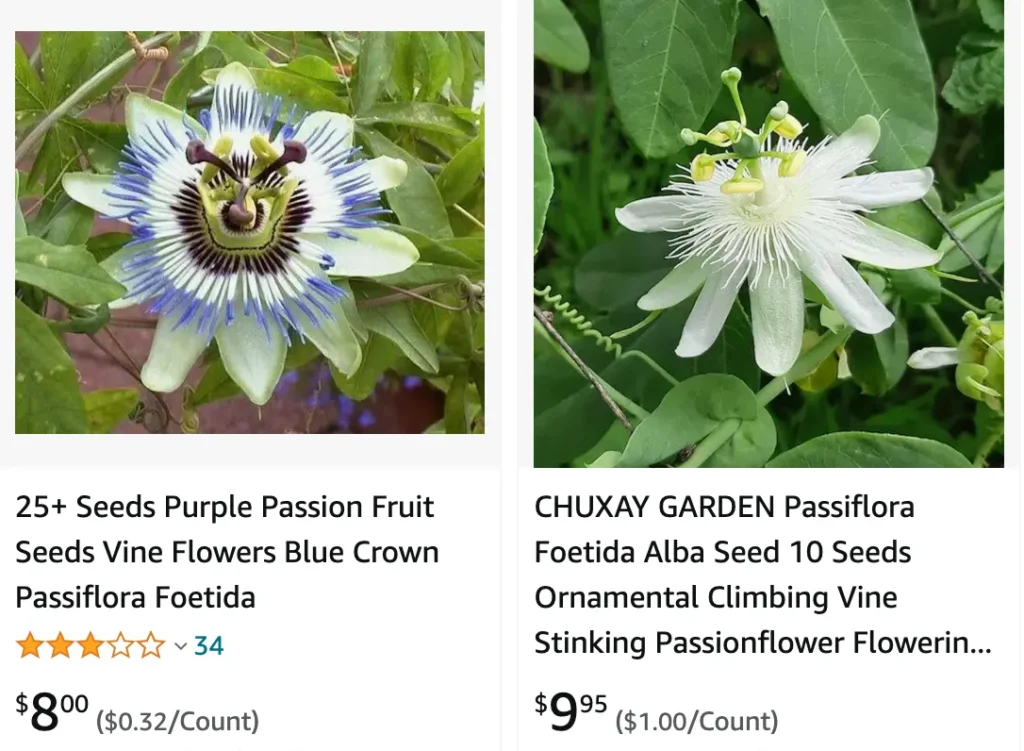
The Enigmatic Passiflora Foetida: A Fragrant Climber with a Hidden Bite
For the past year, my balcony has been overtaken by a captivating vine – the Passiflora foetida. Its name might be a tongue twister, but its delicate, otherworldly flowers and vibrant foliage have become a source of constant fascination. This tropical beauty, however, hides a complex personality. Beneath its fragrant charm lies a potential for harm, making it a plant that demands respect and understanding.
595 Species in Genus Passiflora
Can Passiflora Foetida Be Used as Medicine?
The allure of Passiflora foetida extends beyond its captivating aesthetics. In traditional medicine practices across various cultures, different parts of the plant have been brewed into teas for a variety of ailments. Anxiety, insomnia, and even wound healing are some of the conditions it’s been used to address. However, the scientific evidence for these applications remains a work in progress. While some studies suggest potential benefits, particularly for its calming properties, more rigorous research is needed to confirm its efficacy and safety for medicinal use.
Is Passiflora Foetida Poisonous?
The “foetida” in the plant’s name translates to “foul-smelling,” hinting at its surprising duality. While the flowers possess a sweet, pleasant aroma that attracts pollinators, the leaves, when crushed, release an unpleasant odor, a not-so-subtle warning. More importantly, the leaves contain cyanogenic glycosides, which can break down into hydrogen cyanide, a toxic compound. This makes Passiflora foetida potentially poisonous if ingested in large quantities. This is particularly concerning for curious pets and young children who might be drawn to the plant’s vibrant foliage.
How to Grow Passiflora Foetida?
Despite its potential downsides, the Passiflora foetida can be a rewarding addition to your garden, provided you exercise caution. Growing this captivating vine is a relatively straightforward process. It thrives in warm, sunny climates with well-draining soil. Mimicking its natural habitat, provide a trellis or other support structure for its tendrils to climb. Regular watering, especially during dry spells, is essential for optimal growth and flower production. While the plant is generally pest-resistant, keep an eye out for common garden menaces like aphids or mealybugs. These can be controlled with organic methods like insecticidal soap spray or neem oil.
How to care for Passiflora Foetida?
The key to caring for Passiflora foetida lies in striking a balance between appreciating its beauty and being mindful of its potential dangers. Admire the fragrant flowers from afar, and avoid handling the leaves unnecessarily. If you have pets or small children, consider planting it in a location out of their reach. Wearing gloves while pruning is a good safety practice, especially if you have sensitive skin.
Beyond the Basics: Propagation and Companion Planting
As your Passiflora foetida flourishes, you might be tempted to share its beauty. Propagation through stem cuttings is a viable option. Take a healthy stem section with a few nodes, plant it in moist potting mix, and provide warmth and humidity. Patience is key, as root development can take several weeks.
For a truly stunning display, consider companion planting. Herbs like lemongrass or citronella with their strong scents can help deter pests. Alternatively, Passiflora foetida can share its trellis with colorful flowering vines like morning glories or clematis, creating a vibrant vertical tapestry.
A Passion for Discovery: The Enduring Allure of Passiflora Foetida
My journey with Passiflora foetida has been an eye-opening experience. It’s a plant that compels you to look beyond the surface. While its beauty is undeniable, it serves as a reminder that nature is often a place of fascinating contradictions. As I continue to learn more about this unique vine, I’m filled with a sense of wonder. It’s a testament to the power of the natural world, where captivating beauty and potential danger can coexist in a single plant.
If i die, water my plants!
